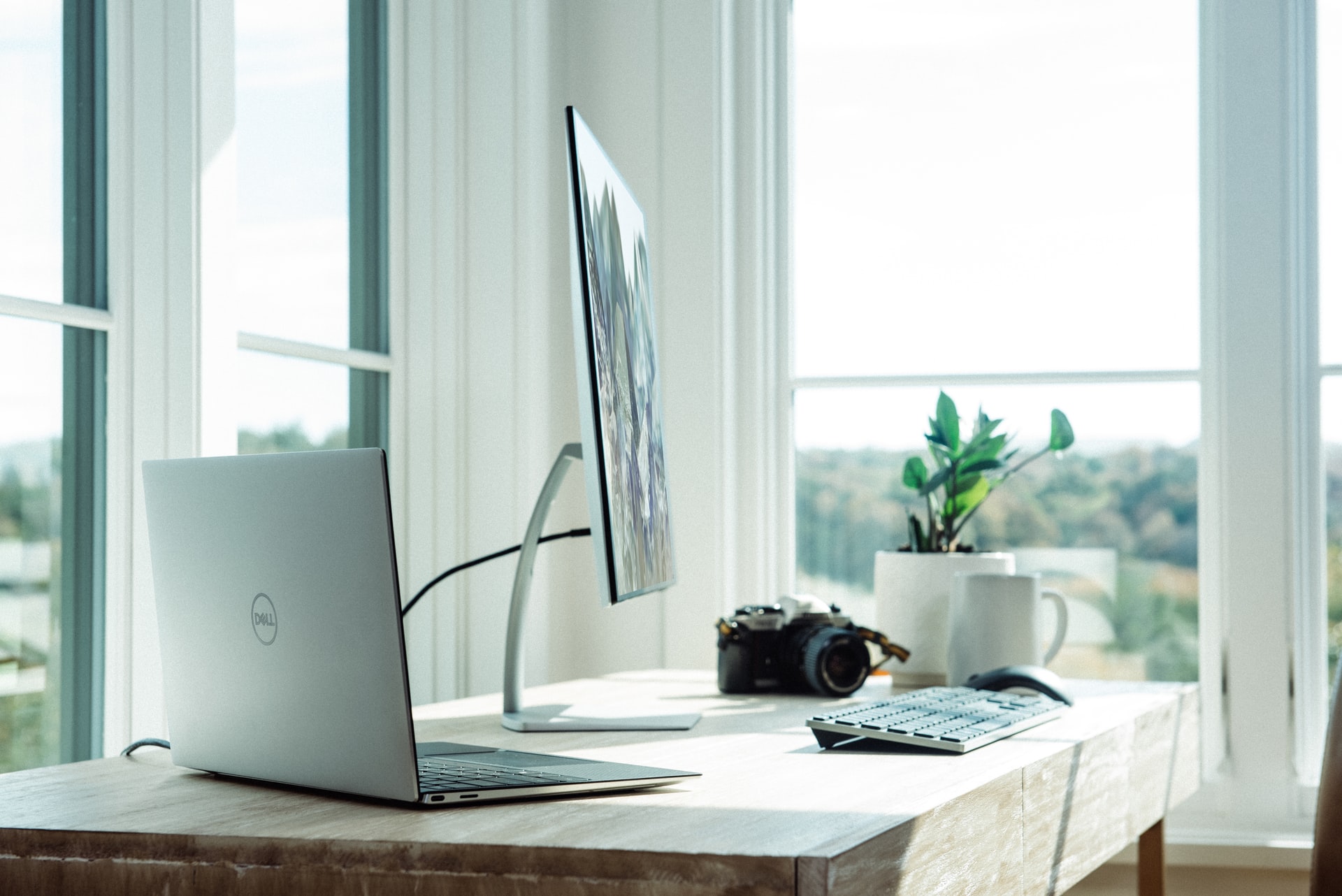COVID-19 Allows Tax Breaks For Those Working From Home
December 31, 2020
written on behalf of Feigenbaum Law
The COVID-19 pandemic saw a huge increase in the number of people working from home. Many people in all parts of Canada still find themselves working from home, and likely will for some time. Of course, working from home usually means the employee faces costs they wouldn’t otherwise have to deal with when working in an office or other workspace. Employees have had to pay for costs associated with setting up a home office, including furniture, computer accessories, and video conferencing equipment. As a result, the Canada Revenue Agency has announced it has simplified the process for claiming a deduction for home office expenses.
Why the change?
The CRA states that COVID-19 led to unprecedented challenges related to work, with people forced to use kitchens, bedrooms, and living rooms as their new workspace. Of course, those spaces are not intended for work and people may need to undertake some expenses to make their homes suitable for working in the long-term. As a result, the CRA stated it was looking to simplify the process for people who need to claim these expenses on their 2020 tax returns.
It should be noted that the deductions offered to the CRA serve to reduce the amount of income tax that an individual is required to pay, therefore reducing their overall tax liability (this is as opposed to a direct credit for expenses incurred).
Who is eligible for a deduction of home office expenses?
The CRA notes that people meeting all of the following criteria are eligible to claim a deduction for expenses incurred in order to create a suitable working environment at home (emphasis added by the CRA):
- you worked from home in 2020 due to the COVID-19 pandemic or your employer required you to work from home
- you worked more than 50% of the time from home for a period of at least four consecutive weeks in 2020
- have a completed and signed Form T2200S or Form T2200 from your employer (only applicable if the detailed method is used to complete the claim)
- the expenses are used directly in your work during the period for which the deductions are claimed
Workdays are calculated as days that full-time or part-time hours were worked from home but do not include days off, vacation days, sick days, or other days where the employee was on a leave or otherwise absent.
New Temporary Flat-Rate Method
The CRA explains that their new flat-rate method will simplify claims for home office expenses, allowing people to claim $2 for each day worked at home for the four consecutive weeks needed to meet eligibility requirements plus any additional days worked at home. The maximum allowable amount to claim is $400, which equals 200 working days.
It should be noted that this process will only be in place for the 2020 tax year.
Determining whether to use the detailed or flat-rate method can be tricky and will depend on a number of factors. Due to the new home office deduction rules and additional COVID-specific tax concerns, such as factoring in any government subsidies received due to work closures, tax filings for 2020 will be particularly complex for both individuals and businesses. If you are unsure of how to properly account for your 2020 income and expenses, it is best to speak with a skilled accounting professional for guidance.
Contact the experienced tax lawyers at Feigenbaum Law for information on how we can help you reduce your overall tax burden, shield your business from liabilities and avoid pitfalls that result from improper tax planning. We provide full tax services with respect to cross-border business initiatives as well as ensuring compliance with tax laws on both sides of the border to avoid litigation or penalties. We offer services to clients in the US, Canada and around the world. Contact us online, or call us at (416) 777-8433 or toll-free at (877) 275-4792 to learn more about how we can help.





